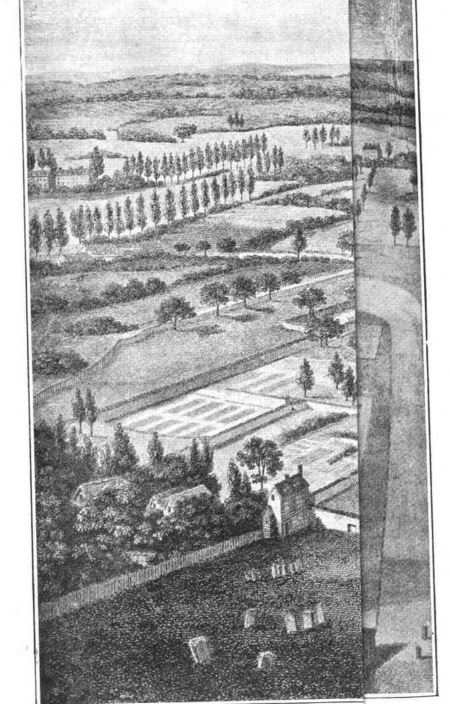
Around 1770, Thomas Keyse discovered a chalybeate spring in Bermondsey. By 1780, the Vauxhall inspired (but on much smaller scale) Bermondsey Spa Pleasure Gardens was opened (Timbs, 1866).
Originally south of Spa Road, I was mostly a bucolic location near fields. Keyse had opened in 1765 a tea garden with benches, arbours, and refreshments. Occasional fireworks, transparencies, and other entertainments including music enticed visitors. A row of trees leading from the entrance held red, blue, green, and white lamps that at night would illuminate the path and created a “Grand Walk” not unlike Vauxhall (Wroth, 1896).
An excerpt from a 1800 newspaper article tells us:
Bermondsey was a hub for tanners and leather manufactures, and while the Spa Pleasure Gardens were “respectable” they were “hardly fashionable” (Wroth, 1896, p. 234).
and as industry rapidly grew up around it, it was closed around 1804 after struggling following Keyse death in 1800.
Clarke, E. (1901) Bermondsey: Its Historic Memories and Associations. Elliot Stock: London.
Timbs, J. (1866). Club Life of London with Anecdotes of the Clubs, Coffee-Houses and Taverns of the Metropolis During the 17th, 18th, and 19th Centuries. Richard Bentley: London.
Wroth, W. & A. Wroth. (1896). The London Pleasure Gardens of the Eighteenth Century. MacMillian: London.











